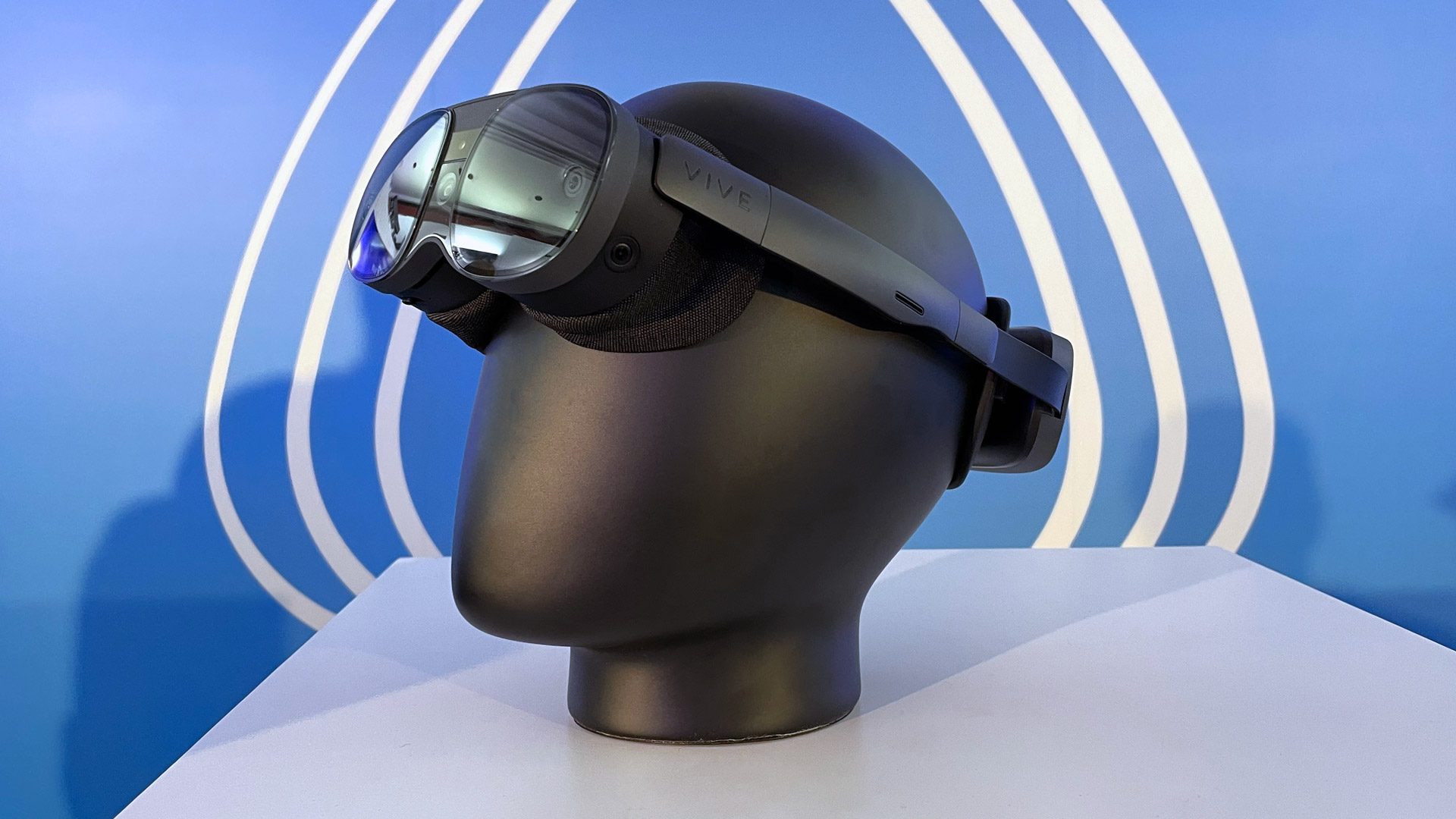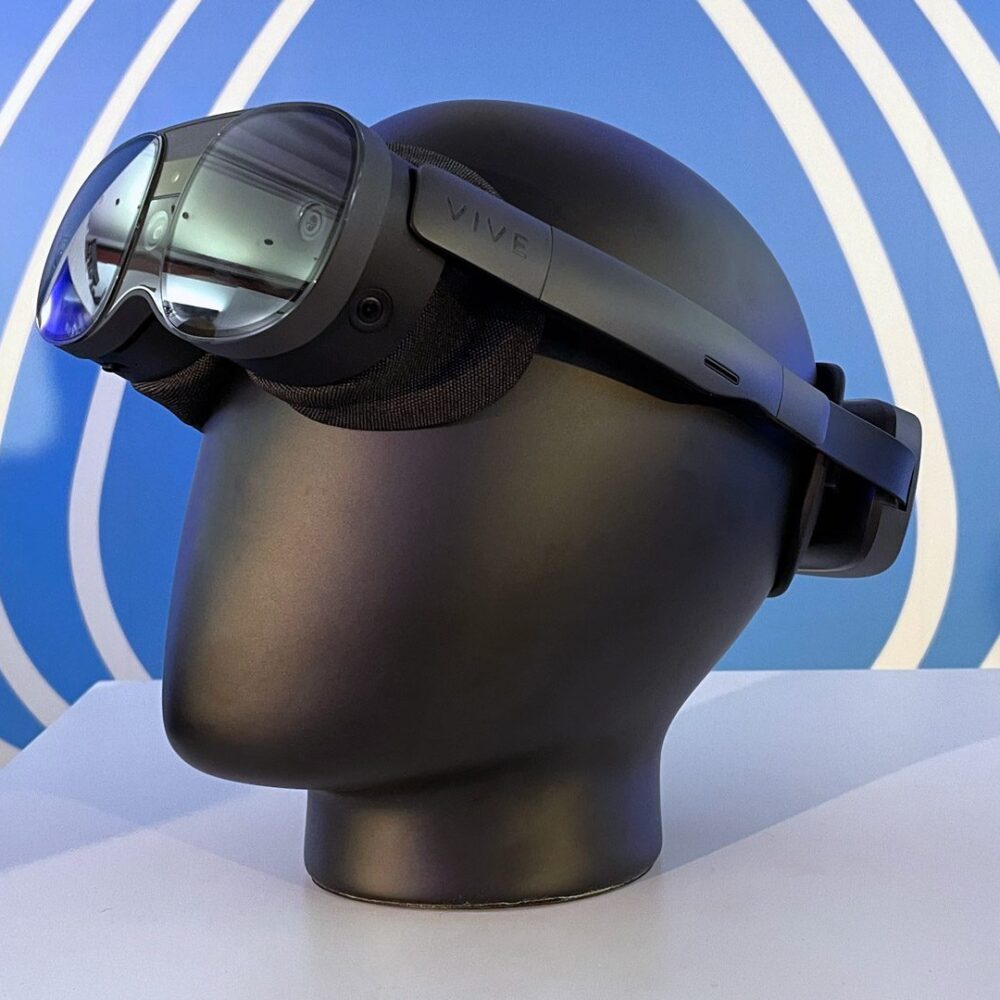HTC has reduced the price of Vive XR Elite, its flagship standalone headset, cutting it from $1,100 to $900.
The deal appears to only be available in the US, as Vive XR Elite is still selling for its launch price across other major regions—€1,449 in Europe and £1,299 in the UK.
Released in February 2023, Vive XR Elite was initially positioned as a Quest Pro competitor, offering up a compact and lightweight standalone design and mixed reality capabilities.
Shortly after its release, Meta closed the price gap, dropping Quest Pro from $1,500 to $1,000, essentially removing one of Vive XR Elite’s headlining features.

Now, at $900, it appears HTC is hoping to move Vive XR Elite stock in the US, or what has been the XR segment’s most performant market for consumer devices.
Additionally, the company is also holding two promotions for Vive XR Elite and Vive Ultimate Tracker bundles in the US, which end on August 31st. You’ll find both available on Vive.com.
- VIVE XR Elite + Ultimate Tracker 3 trackers + 1 dongle for $1,398
- VIVE XR Elite + Ultimate Tracker 5 trackers + 1 dongle for $1,696
Meanwhile, HTC released a video late last month promising something “coming soon,” teasing what promises to be the next XR headset from the company.
While the company hasn’t revealed anything beyond that video, seen above, a supposed leak reported by tech analyst Brad Lynch suggests the headset may be more of an iterative design on Vive Focus 3—delivering what may be Vive Focus 4.
The reported leak maintains the next HTC headset will contain the same displays and optics as Vive Focus 3, however integrate the same Qualcomm Snapdragon XR2 Gen 1 chipset used in Vive XR Elite, and also include built-in eye-tracking, USB-C DisplayPort Alt Mode, and work with Vive Focus 3’s accessories—all of which is unconfirmed.
Provided that leak is true, the company may be in danger of undercutting Vive XR Elite’s functionality, becoming a veritable Quest Pro to Meta’s Quest 3, which has a majority of the former’s functionality at nearly half the price.
